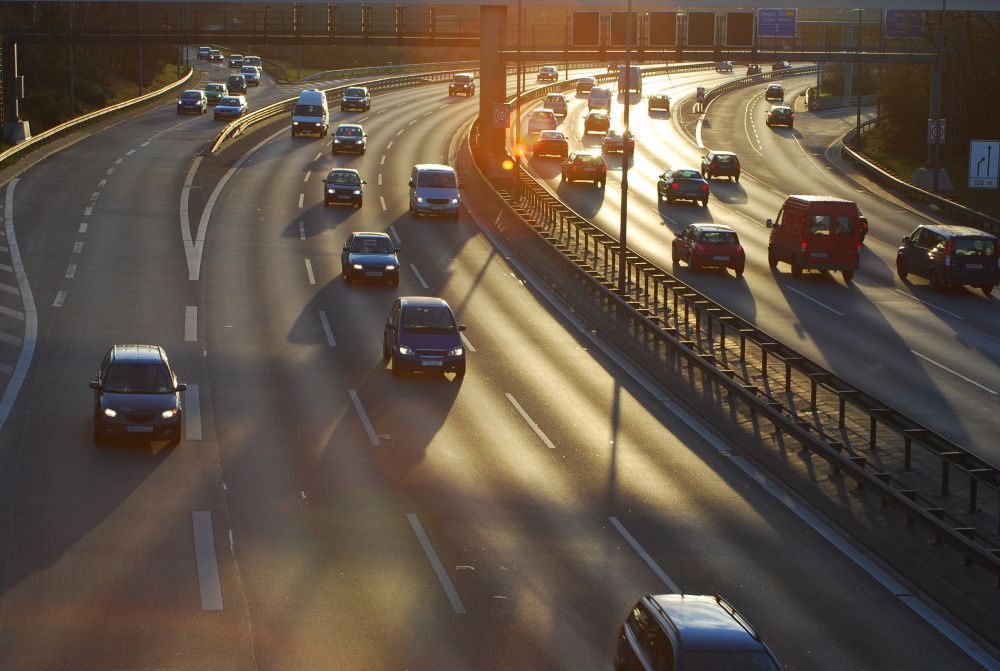The low emission zone lead to a significant modernisation of the vehicle fleet in Berlin.
In 2012 around 96 % of diesel cars and approximately 85 % of all trucks had a green sticker. To achieve this, some 60,000 diesel-vehicles were retrofitted with particle filters. There are only minor differences between the vehicle fleet composition in the low emission zone and the rest of the urban area of Berlin. Without the low emission zone only around 80 % of diesel cars and 50 % of trucks would be awarded a green sticker.
The introduction of stage 2 achieved a reduction in emissions of diesel particles by more than half compared with the assumed trend, while nitrogen oxide emissions fell by around 20 %. This represents around 173 tonnes of diesel soot and 1,500 tonnes of nitrogen oxides less each year.
Without the reduction in pollutant emissions, air pollution of nitrogen dioxide and particulate matter PM10 would have been around 5 to 10 % higher. The reduction in additional particulate pollution along roads is of special significance for health protection. This traffic contribution on top of background pollution levels in urban residential areas away from main traffic routes could be more than halved.
As studies into the health risks posed by vehicle exhaust emissions in North Rhine-Westphalia have shown, the increased levels of pollution resulted in a significantly higher frequency of premature death from cardio-vascular diseases among residents. Their risk was almost 80 % higher than for people living more than 50 m away from main traffic routes.
Please refer to the technical report by Wichmann et al.

